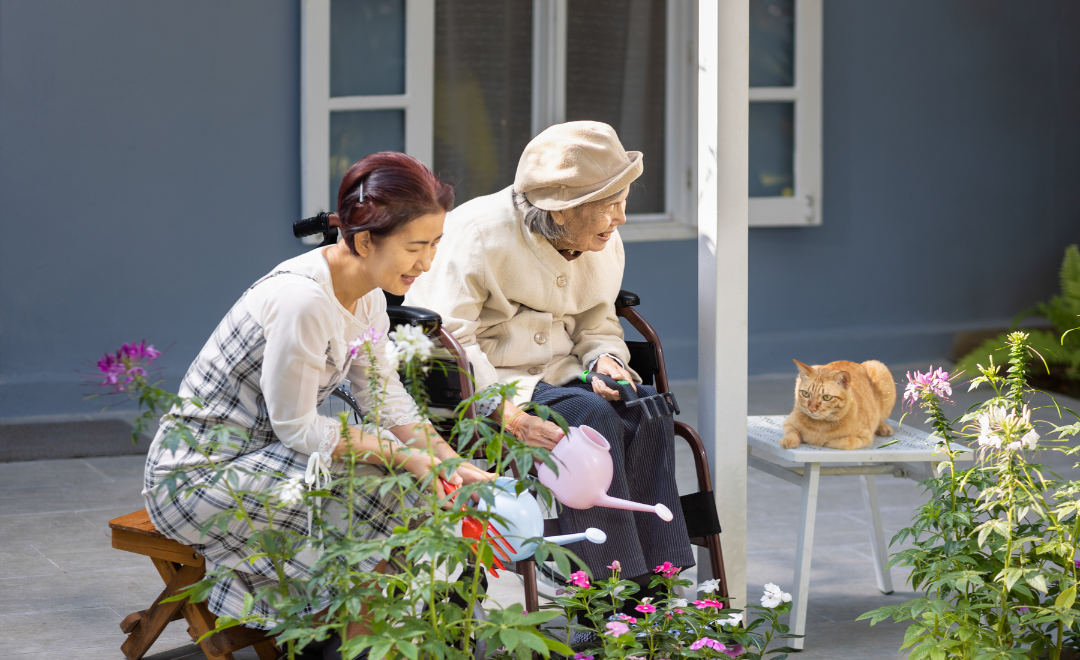Key Takeaways:
- More older people are working longer, and even returning to work after retirement, due to various factors including the increased cost of living, a desire to stay active, and a sense of purpose.
- The number of older workers in the workforce is increasing, and this population is more diverse than ever, with a higher percentage of women, people from different racial backgrounds, and a range of education levels.
- Older workers report higher job satisfaction than their younger counterparts, and employers need to adapt to this changing demographic by creating a welcoming workplace for all ages.
lder workers are changing the way we think about work and retirement.
They’re not quietly quitting their jobs; they’re quietly returning to them.
More people are working into their 70s.
Just a few decades ago, the idea of working into your 70s was laughable. But today, more people are living longer and healthier lives than at any other time in history. And as workers age and gain experience in their fields, they are finding that they have more to offer employers than ever before.
More women are also working into their 70s—and even 80s!
The number of older workers has increased dramatically since 1980:
- In 1980, just 2% of Americans aged 65–69 held jobs; by 2017 that number had jumped up to 14%.
- In 1980 only 17% of Americans aged 75–79 held jobs; by 2017 30% did so.
But there's one group whose employment rates have actually fallen over this period: men ages 60–64 who work full-time (the decline from 33% to 28%).

More people are now returning to work after retiring.
As people grow older, they are returning to work in greater numbers. They are not only working longer, but doing so in new roles and industries.
This can be a result of several factors:
- The increased cost of living, especially health care costs
- A desire to remain active and engaged with the world around them
- A sense that they still have something valuable and meaningful to offer
Older workers report higher job satisfaction than younger workers.
Older workers are more likely than younger workers to report high job satisfaction, according to a recent Gallup poll.
Older workers (ages 50 or older) were also more likely than their younger counterparts (ages 18-49) to say they have a strong sense of purpose at work and the ability to influence decisions at work.

Older Americans are working later in life and the workforce is changing around that.
The new reality for older workers is that there are more of them in the workforce than in years past. More than 22 million Americans over age 65 are currently employed and that number is expected to grow significantly as the Baby Boomer generation ages.
The older worker population is more diverse than ever, including a higher percentage of women and people from different racial backgrounds.
They also represent a greater range of education levels, with many holding advanced degrees. Finally, many older workers have been forced back into the workforce due to health issues or other circumstances which limit their ability to retire comfortably on Social Security alone.
So what does this mean for employers?
In short: it means you're going to need an approach that works well with these changes!
The American workforce is changing, but there's still a lot of work to do.
What's clear from these findings, though, is that older workers are not just retiring early—they're returning to the workforce and staying longer than ever before. Employers should be aware of this trend, and make sure their workplaces are welcoming for all ages.














.png)
.png)
